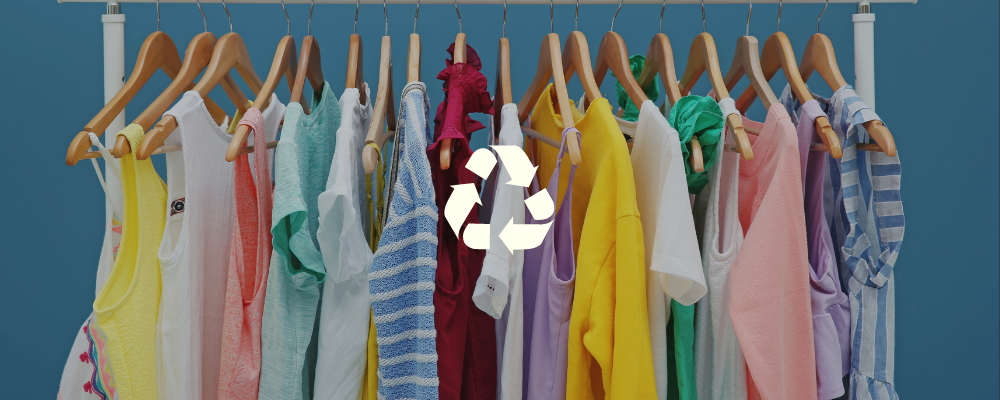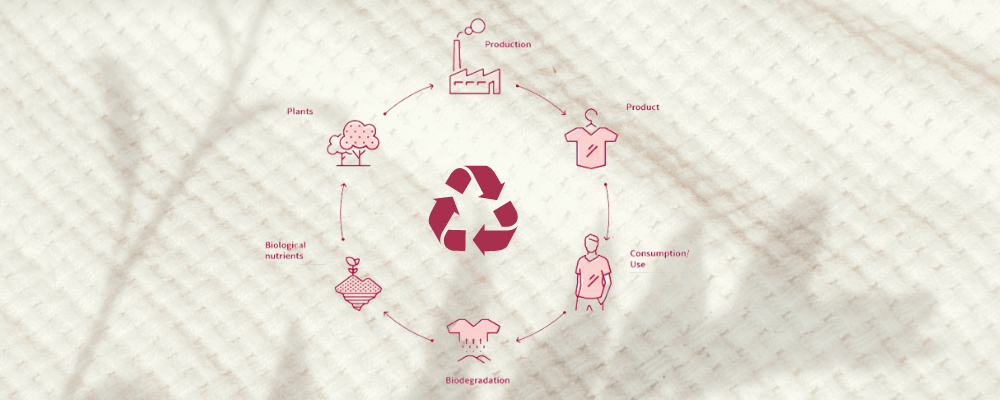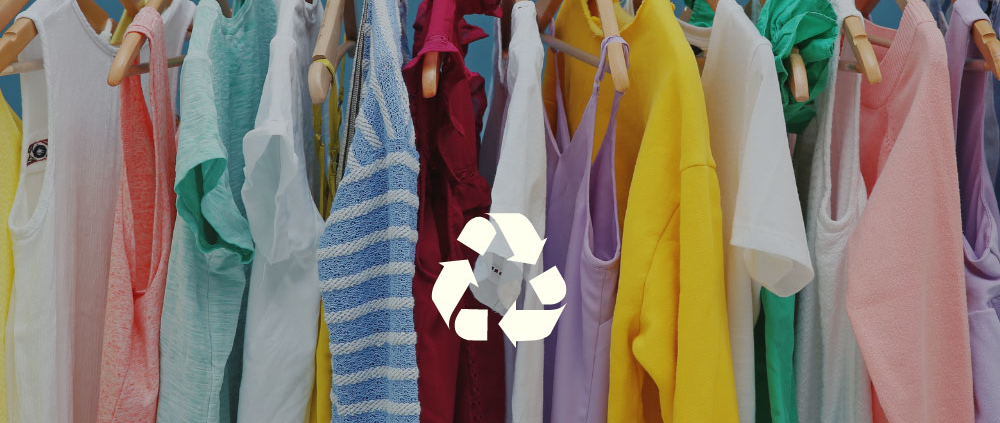Second-hand market by Fashinnovation
“Fashinnovation crosses boarders and broadens certain topics, including goals for sustainable development goals, social impact, diversity, inclusion, entrepreneurship, connectivity and new technologies, which are all seen through the lens of innovation.”
The journalist and head of content for the Fashinnovation platform, Júlia Vilaça, presents the article “Second-hand market: the future of the fashion industry or a momentary trend?”

Second-hand market: the future of the fashion industry or a momentary trend?
The second-hand market has clearly grown in recent years. Buying used products has proven to be a trend not only in Brazil, but also abroad.
However, is this a trend that is here to stay, or will we once again witness the emptying of second-hand stores?
In order to understand this phenomenon and its growth better, it is important to analyze the tangible data that is available and how the market is facing this new reality.
Second-hand products: warming up a circular economy
In a simplified way, the act of selling and buying items that a person no longer uses and enabling others to redefine those items promotes a circular economy in society.
This concept emerged in 1989 in an article written by the British economists and environmentalists David W. Pearce and R. Kerry Turner. At the time, They discussed how the traditional economy was not taking recycling into account. Thus, the environment was taken for granted, treated exclusively as a source of raw materials and, later, as a mere waste reservoir – in other words, a waste dump.
Therefore, as a counterpoint to the traditional linear economy, which has a motto of “extracting, producing and discarding”, the concept of a circular economy emerged, inspired by nature’s cyclical logic.
Although the concept of circular economy is relatively new, resale, or rather the sale of second-hand products, is not a new practice. Quite the contrary. This type of activity has been around since before the invention of money.
In the famous barters, people would exchange food products and basic needs among themselves. However, the exchanges did not stop there. Getting rid of an item or material which was no longer needed was also common and widely practiced. After all, why keep something if it can be used by someone else? And, better yet why not earn money from selling the items that are sitting in the closet?
The Strong Return of the Second-Hand Market
The practice that was once very strong in the 1980s and 1990s has fully returned.
In October of last year, Vogue Brasil published a news article discussing the increase in sales of second-hand products during the pandemic. According to the article, even though the circular economy was already a growing reality before 2020, the pandemic consolidated this practice. Currently, nearly a year after the article was published, estimates have proven to be vigorous.
Jordana Guimarães, co-founder of Fashinnovation – a global platform of fashion and innovation – affirms that, “resaleis definitely a tendency that is here to stay and will continue to grow. It is a way of becoming more sustainable without interfering on many aspects of the production chain.”
According to ThredUp’s 2021 Resale Report, the estimation is that market reaches US $64 billion in the next five years – a 500% growth.
Generation Z is the group that has been buying and selling second-hand products the most. If in the coming years more and more young people achieve economic independence and purchasing power, this tendency is really promising.
The alliance between Resale and Sustainability
Buying and selling second-hand products happens for a number of different reasons. Passion for vintage items and cheaper prices are certainly strong appeals. However, there is one key element that must be mentioned: sustainability.
The fashion industry is one of the most polluting industries in the world. It is responsible for 8% of carbon dioxide emissions into the atmosphere, second only to the oil sector. Polyester, one of the most commonly used fibers in the market, is responsible for the annual emission of 32 tons out of the 57 million global tons of carbon emissions. It does not stop there.
The amount of waste generated by the fashion industry is daunting. Textile waste strongly contributes to the pollution of rivers, oceans, and the overcrowding of landfills – which, in turn, incinerates a large part of the discarded material, generating more pollution.
When buying second-hand products, a new meaning is given to the used items and there is a new possibility of circulating these products, which can be put to new use. In other words, new products are not created in this process, reducing carbon emissions and, obviously, the generation of waste. After all, it prevents items from being discarded.
Of course, the resale issue is much more complex than that. The quality of the items is essential for buying and selling second-hand products. However, concerns regarding eco-responsibility also plays a role in this area, since an increasing number of consumers are demonstrating their commitment to the quality of the products and the brands’ transparency.

Technology in the Second-Hand Market
Today there is a wide variety of apps and websites that sell second-hand products. It is possible to find clothes, but also accessories and decorative items in digital stores that bring together several brands in one place. In other words, we are talking about a resale marketplace.
On the other hand, those who think the second-hand market is exclusively fostered by thrift shops are mistaken. There are currently many platforms and tools that allow brands to resell their own products.
From luxury brands to those with more affordable prices, gradually consumers are finding a section of used items on the websites of these brands. Those who wish to let go of a certain item can now deliver it to the brand and get a discount on their next purchase, while the loyal resale buyers are given the chance to purchase the items directly on the brand’s website.
Whether one visits the iconic thrift shops in São Paulo or does online shopping on websites and apps, the second-hand market has proven itself strong and has gained more and more followers. The combination of consumer awareness with the need to change the current forms of production and consumption patterns is a great ally in promoting resale. So, whether buying a 2000s Louis Vuitton or vintage jeans for BRL 25.00, this market has united eco-conscious practices with more affordable prices. It has proven to rise and succeed and it is here to stay.
By Júlia Vilaça, Journalist and Head of Content at Fashinnovation
#fashioninnovatioln #mercadodesegundamão #fashinnovation #circularidade #economiacircular #resale










